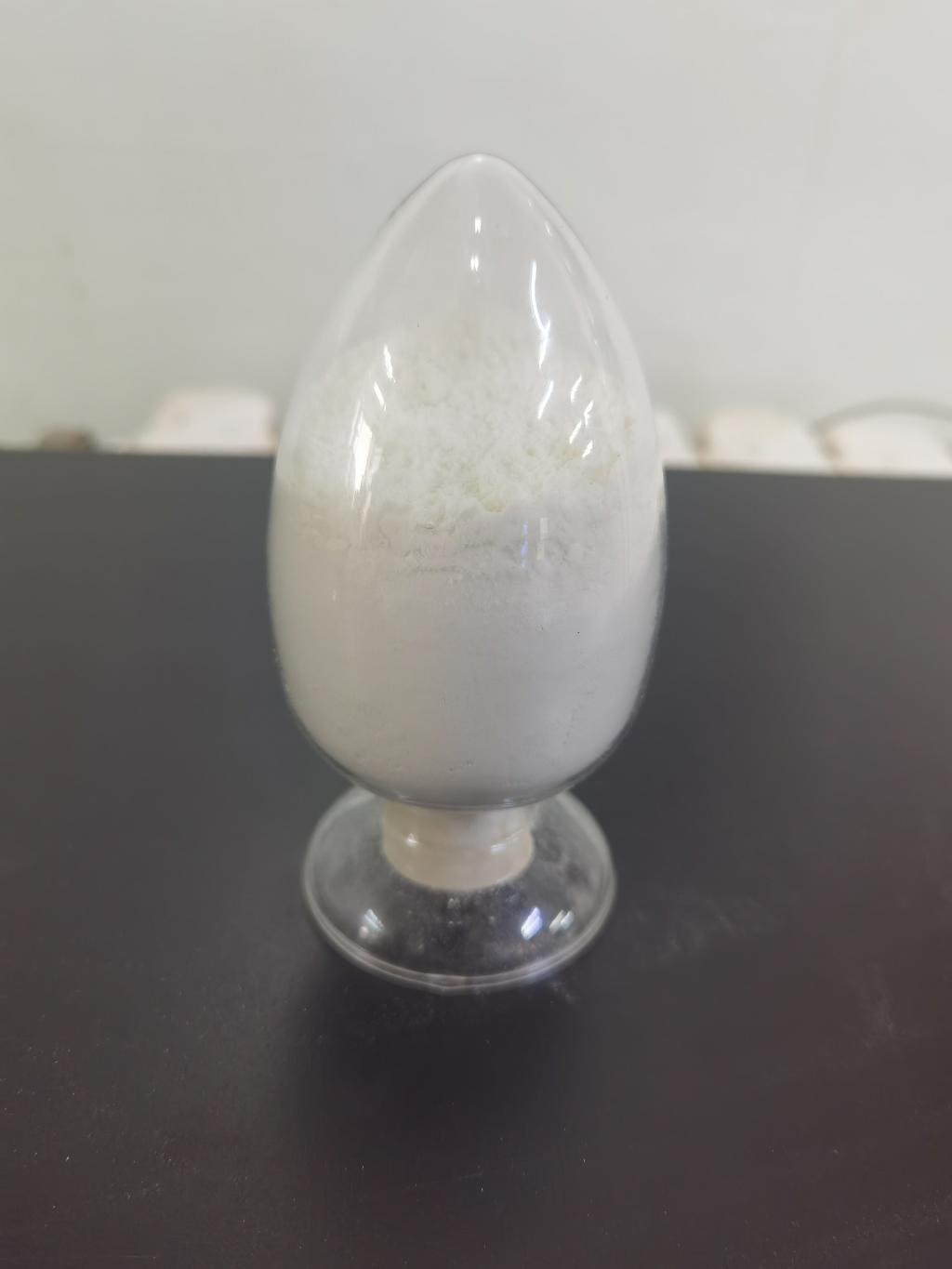Tel:0086 18231198596

News
Current Position:
Home >
News
>Preserving Freshness in the Fresh Produce Industry with ε-Polylysine Hydrochloride
Preserving Freshness in the Fresh Produce Industry with ε-Polylysine Hydrochloride
TIME:2024-01-08
1. The Essence of Freshness in the Produce Industry:
Freshness is paramount in the produce industry, where the quality of fruits and vegetables significantly influences consumer satisfaction. Understanding the factors that contribute to the deterioration of freshness during storage, transportation, and retail is crucial in addressing the industry's challenges.
2. Introducing ε-Polylysine Hydrochloride:
Derived from the bacterium Streptomyces albulus, ε-Polylysine hydrochloride emerges as a natural and effective antimicrobial agent. Its cationic and linear structure makes it particularly adept at inhibiting the growth of bacteria, fungi, and other microorganisms. This section provides an in-depth look into the properties that make ε-Polylysine hydrochloride a promising candidate for preserving freshness in the produce industry.
3. Challenges in Fresh Produce Preservation:
Fresh produce is susceptible to various factors that compromise its freshness, including microbial contamination, enzymatic reactions, and oxidative stress. This section outlines the challenges faced by the industry in preserving the freshness of fruits and vegetables and the limitations of traditional preservation methods.
4. Antimicrobial Power of ε-Polylysine Hydrochloride:
One of the key strengths of ε-Polylysine hydrochloride lies in its potent antimicrobial properties. By effectively controlling the growth of spoilage-causing microorganisms, it addresses a critical aspect of freshness preservation. This section explores how ε-Polylysine hydrochloride can be integrated into packaging or processing methods to enhance the microbial stability of fresh produce.
5. Natural Preservation vs. Synthetic Alternatives:
Consumers are increasingly seeking natural and clean label products. This section compares the benefits of using ε-Polylysine hydrochloride as a natural preservative with synthetic alternatives. Examining the safety, environmental impact, and consumer perception can provide insights into the advantages of embracing a natural approach to freshness preservation.
6. Application Techniques in the Fresh Produce Supply Chain:
From pre-harvest treatments to post-harvest handling and storage, ε-Polylysine hydrochloride can be applied at various stages in the fresh produce supply chain. This section explores the diverse application techniques, including spray applications, coatings, and packaging solutions, highlighting their effectiveness in preserving freshness.
7. Impact on Food Safety:
Food safety is paramount in the fresh produce industry, and the use of ε-Polylysine hydrochloride contributes not only to freshness but also to microbial safety. This section explores how its antimicrobial properties can reduce the risk of foodborne illnesses and enhance the overall safety of fresh produce for consumers.
8. Sustainability in Fresh Produce Preservation:
Sustainability is a growing concern in the food industry, and the use of ε-Polylysine hydrochloride aligns with eco-friendly practices. Examining its biodegradability, minimal environmental impact, and potential reduction in food waste can shed light on how this natural preservative contributes to a more sustainable fresh produce industry.
9. Case Studies and Success Stories:
Highlighting case studies and success stories where ε-Polylysine hydrochloride has been successfully implemented in the fresh produce industry can provide real-world examples of its impact. From extended shelf life to reduced spoilage, these examples illustrate the practical benefits of incorporating ε-Polylysine hydrochloride into fresh produce preservation strategies.
10. Challenges and Future Prospects:
While ε-Polylysine hydrochloride presents a promising solution, there may be challenges to address, such as cost implications and scalability. This section explores ongoing research, potential collaborations, and future directions aimed at overcoming these challenges and further advancing the use of ε-Polylysine hydrochloride in fresh produce preservation.
11. Conclusion:
In conclusion, ε-Polylysine hydrochloride emerges as a game-changer in the fresh produce industry, offering a natural and effective means of preserving freshness from farm to table. Its antimicrobial prowess, compatibility with sustainable practices, and potential to enhance food safety position it as a valuable asset in addressing the challenges faced by the industry. As the demand for high-quality, fresh produce continues to rise, ε-Polylysine hydrochloride stands at the forefront of innovation, ushering in a new era of preservation that prioritizes both freshness and sustainability.

 CONTACT
CONTACT




